Hortense - Eau de Parfum
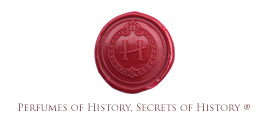
reinterpreted Perfume of History
Hortense, Queen of Holland, was the daughter of Joséphine and Napoleon III's mother. She was beautiful, seductive and intelligent with blue eyes and golden hair scented with the fragrances of Dutch flowers and spices from the lands she dreamt of. In 1810, Jean Rancé dedicated a fragrant masterpiece to her, as a tribute to her exuberance and passionate spirit.
Today the Rancé Maison has delightfully arranged the same Oriental scents into a bold composition of mysterious and spicy notes, enriched by a warm seductive base, which creates a sparkling, youthful aromatic adventure with irresistible sensuousness.
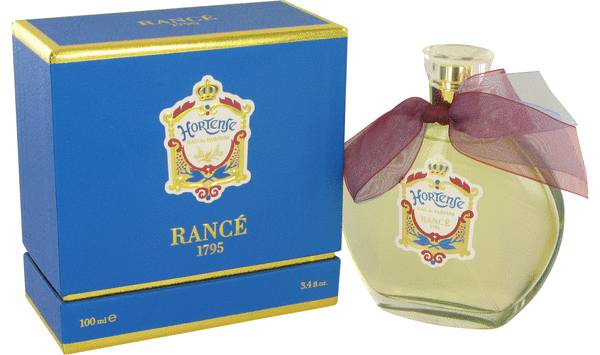
Hortense
«… l'or dont au festin ses bras seraient parés
Et pour ses blonds cheveux les parfums préparés»
«… Gold, which for the feast the arms are adorned with,
And fragrances, which his blond hair have been prepared for»
[André Chénier 1762-1794]
These verses and the perfume itself reverberate with the same evocations and create an ethereal yet extremely vivid image of a resourceful, adventurous woman.
Chénier's charismatic words seem to depict Hortense, who in turn reminds us of the fragrant accords, with interacting enigmatic likenesses.
The spirit of Rancé's new creation is mirrored in Chenier's poetry and this contributes to the sophisticated, exotic ambience evoked by the spicy notes of this Eau de Parfum.
Hortense De Beauharnais: An Eclectic, Charming Queen
Hortense got her cosmopolitan spirit from her mother, Joséphine. As a child, she set sail for Martinique, the place where her mother was born. The island was at a crossroads between trade routes and - at the time - a melting pot of historical and cultural influences. African, European and indigenous traditions combined into a unique blend of sounds, smells and dances. Once back in France, little Hortense kept an open and inquiring mind. She was keen on music and her stepfather, Napoleon, affectionately called her Terpsichore . Like the Muse of dance and chorus, the young Princess cultivated a love for the arts wherever she lived, from Saint-Germain-en-Laye to the pomp of Versailles.
However fate had another journey in store for her, with her husband Louis Bonaparte. Hortense became Queen of Holland in 1806, where she was loved by her new subjects for her grace and beauty. It was there, surrounded by the essences of Dutch flowers, that wafts of overseas scents reached her.
The Netherlands had held supremacy in the spice trade for centuries. The Dutch East India Company, founded in 1602, had extended its dominion over land and sea to the East of the Cape of Good Hope, and from there on to the Strait of Magellan.
The Dutch West India Company had led the Dutch fleet to the Americas. Malaysia, Sri Lanka, China and Japan to the East, and the West Indies, Africa and Brazil to the West: the echo of those glorious ventures had not yet died down, and Hortense was able to cultivate her love for spices and scents brought to Europe from the four corners of the world.
Cinnamon, pepper and rare fruits: precious exotic scents perfumed her golden curls. Her adventures brought her back to France and, from there, to Italy and Switzerland. Besides for giving birth to Napoleon III, Hortense is remembered as a woman of great modernity.
She was aware of the Imperial tradition, which she enshrined, and - at the same time - she was able to express her own fascinating adventurous personality.
Journey Amid Fragrant Notes: The Essence of a Cosmopolitan Woman
Jean Rancé dedicated a fragrant masterpiece to Hortense, as a tribute to her exuberance and passion.
Today his firm has subtly arranged the same Oriental scents into a bold composition of mysterious, spicy notes, enriched by a warm, sensuous base, which creates a sparkling, irresistible aromatic adventure.
The bouquet expresses an exuberant personality. It begins and seduces with its spicy notes of cardamom, pepper and bergamot, which lead on to delightful hints of Ceylon cinnamon, Lebanon cedar, Bulgarian rose and incense. These confer precious notes that still today bring overseas lands to mind and plot courses on an intriguing map of world perfumes.
The warm base of woods, incense and vanilla is brought out by the rich splendour of spices. This Eau de Parfum stems from Rancé's tradition of excellence and adds an original touch devoted to a sophisticated woman full of charm.
Perfume, Graphic Design and Poetry: A Contemporary Touch
The perfume bottle, with its rounded and feminine shape, recalls beauty, elegance and perfection.
The ribbon wrapped around it evokes the precious fabrics noblewomen of the time loved to adorn their hair with. As fate would have it, the colours of the packaging reflect those of the flag of the Dutch East India Company. At the same time, with their colourful hues they give a contemporary touch to Collection Impériale.
Gold is a precious symbol of royalty, recalls Hortense's beautiful blonde hair and graces Chénier's verses, with which this Eau de Parfum is associated. At the same time, the shape of the bottle and the illustration on the label form an overall composition, which is a mix of perfume, design and poetry.
A highly contemporary blend of components.
Olfactory Pyramid
| Concentration : | Eau de parfum |
| Place of production : | Italy |
| Perfumer of Art : | Jean Rancé 1810 - Rancé Family 2014 |
| Publisher of the Fragrance of Art : | Rancé & C. |
| Famous historical figures who wore it : | Hortense de Behauarnais Bonaparte |
| Date of creation : | 1810 original formulation - 2014 new interpretation |
| Capacity in ml : | 50 ml - 100 ml |
| Capacity in oz : | 1.7 oz. - 3.4 oz. |
| Total weight with packaging : | 254 g - 394 g |
Customers who bought this product also bought:
Autres produits associés à "Rancé 1795 - Imperial Collection"
Wishlist
Top sellers
-

Jardin le Nôtre - Eau de Parfum
Reinterpreted Perfume Of History In order to celebrate the fourth...
10,00€ -

Bouquet du Trianon - Eau de Toilette
Reinterpreted Perfume Of History Versailles, 15th of August 1774 Art...
59,00€ -

Orangerie du Roy - Eau de Toilette
reinterpreted Perfumes of History Versailles, September 1rst 1689...
59,00€ -

Rose de France - Perfumed Soap
reinterpreted Scents of History Rose de France plunges us into the...
6,50€
Informations
Manufacturers
Suppliers
Viewed products
-

Hortense - Eau de Parfum
reinterpreted Perfume of History Hortense, Queen of Holland, was the...


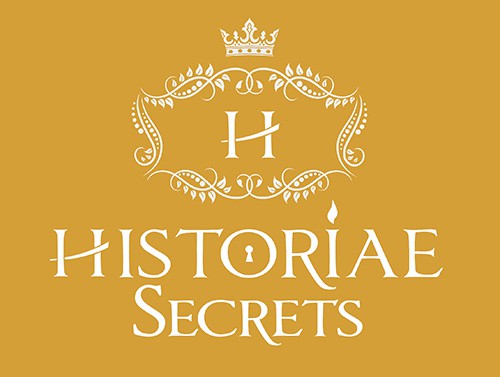
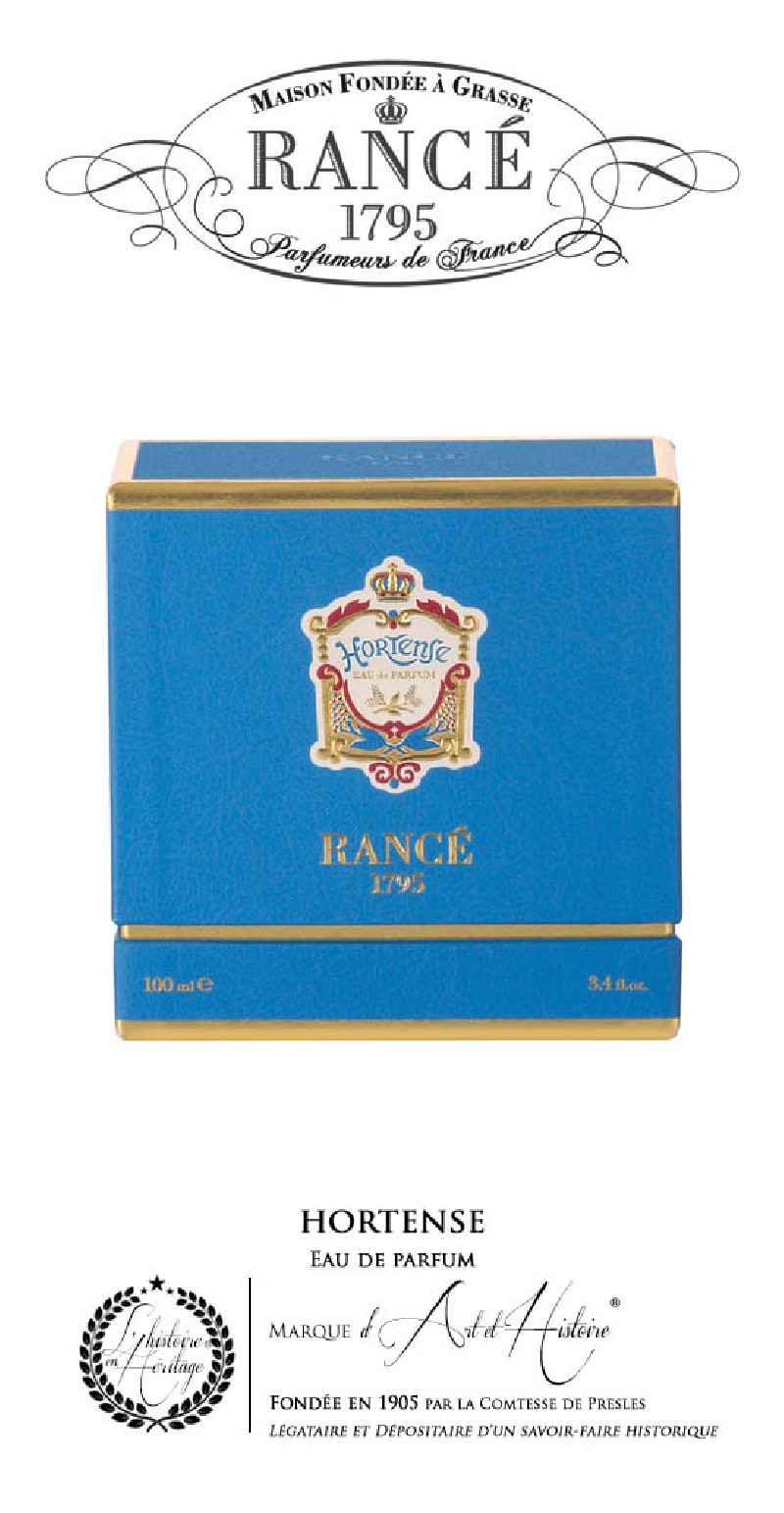



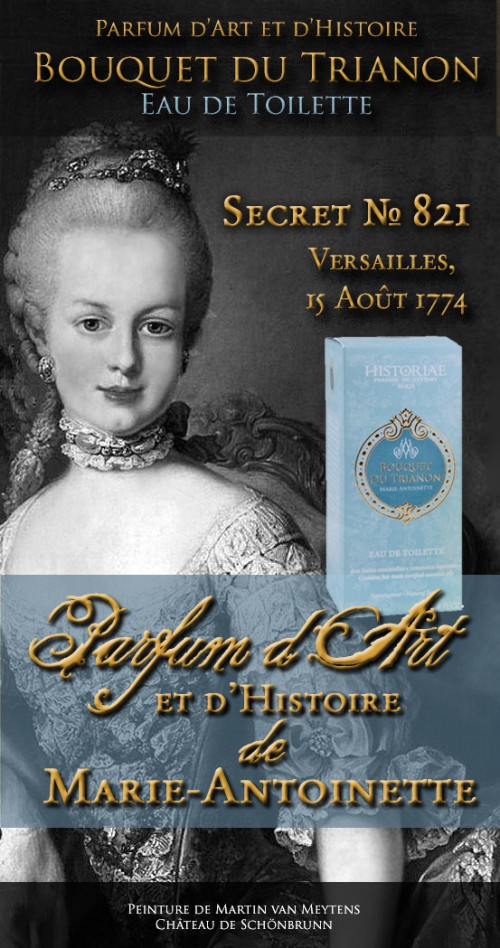
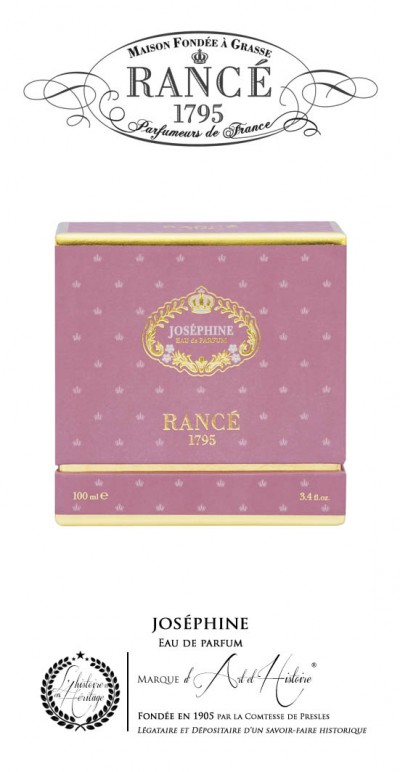
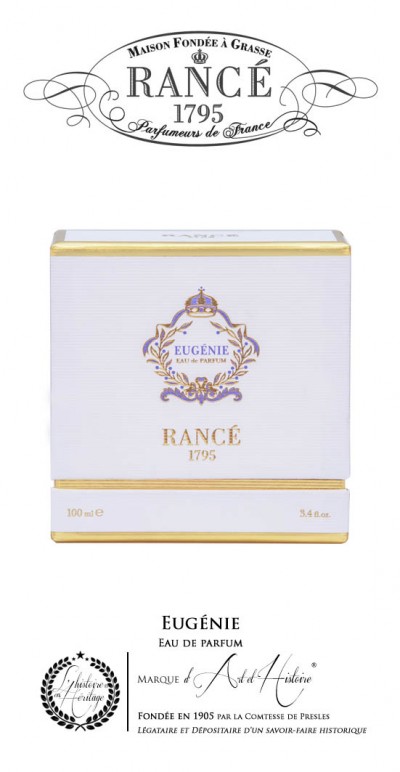
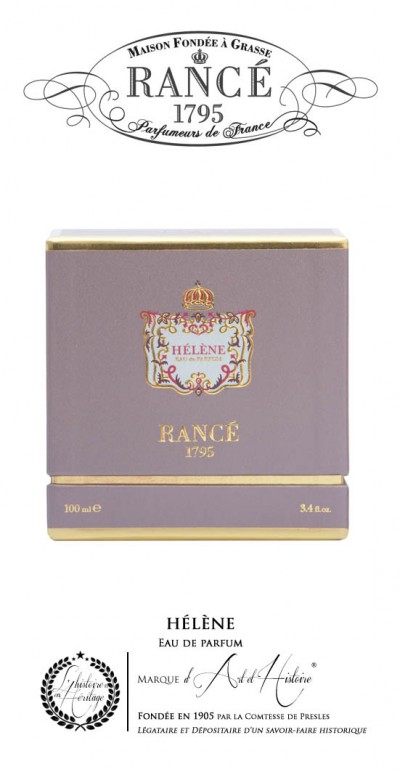
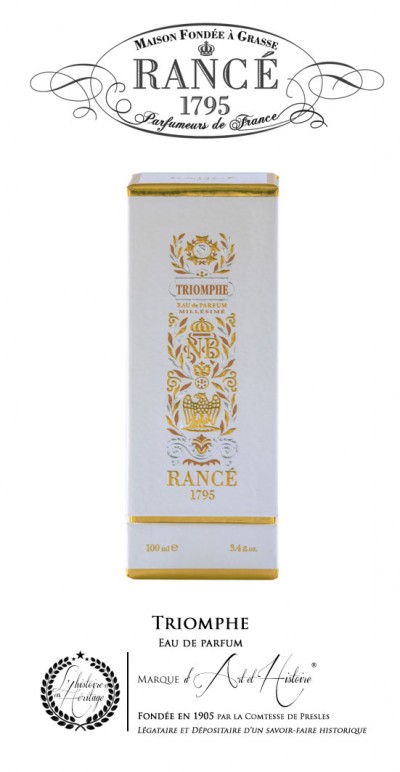
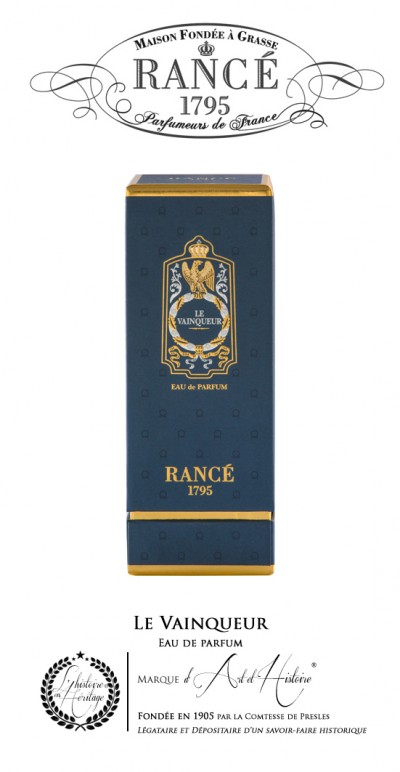
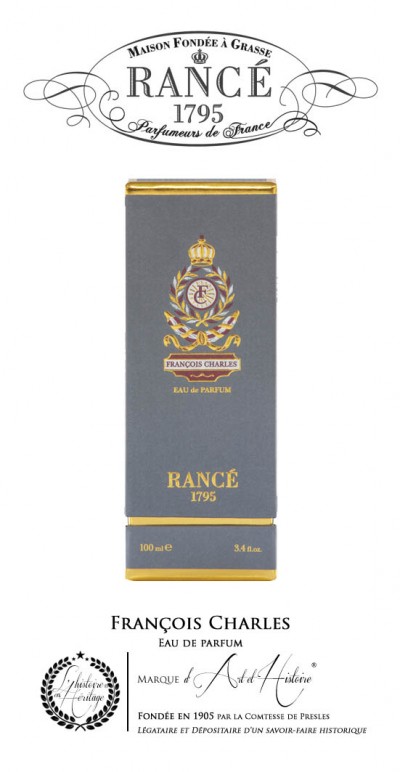
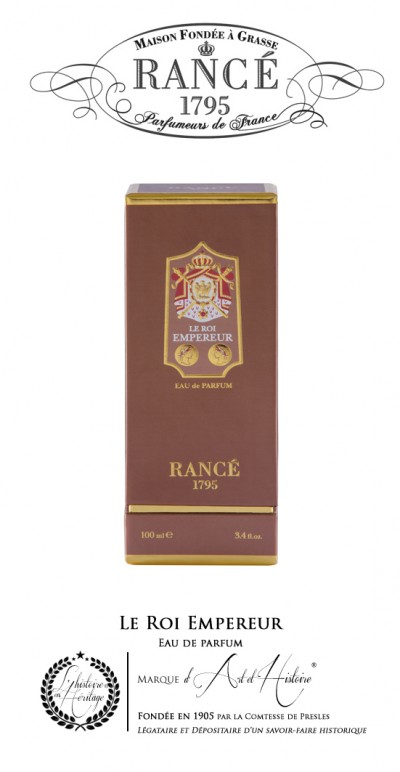
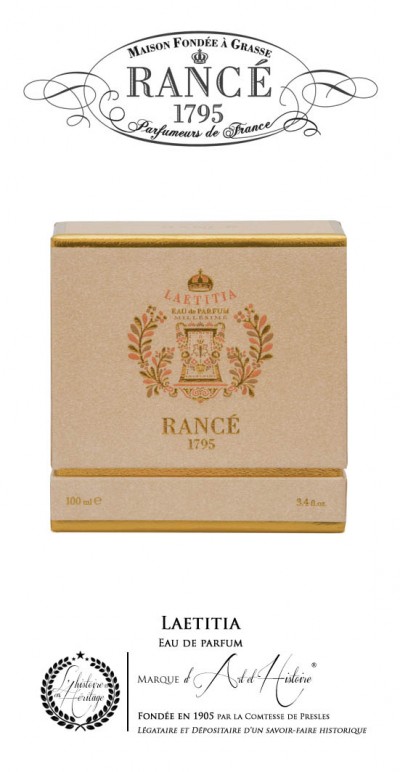
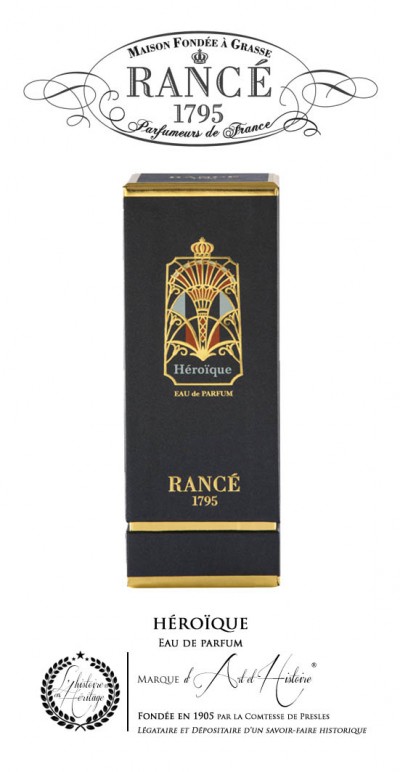
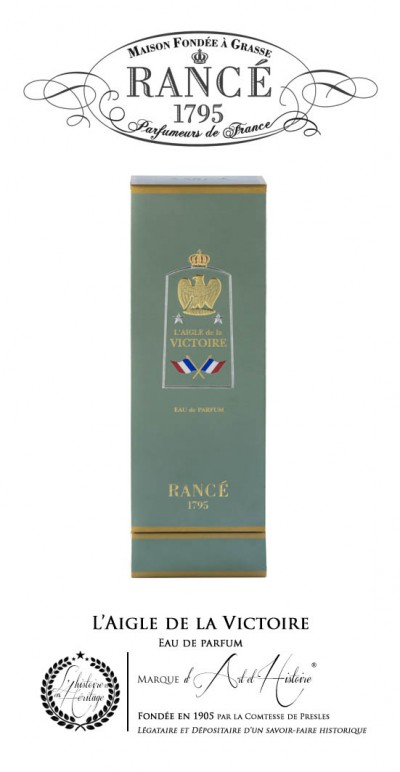
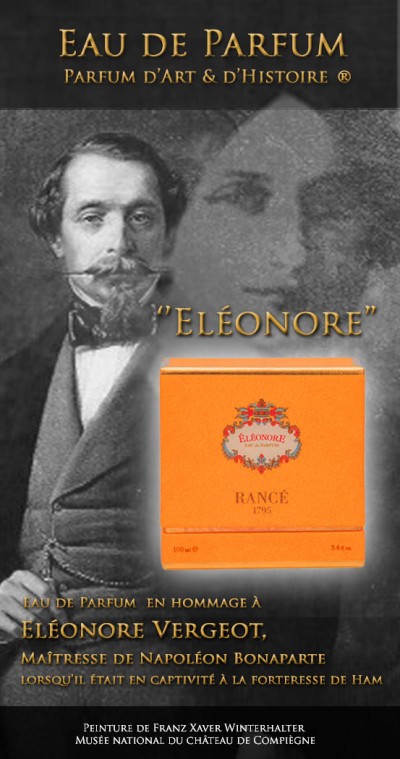
No customer reviews for the moment.